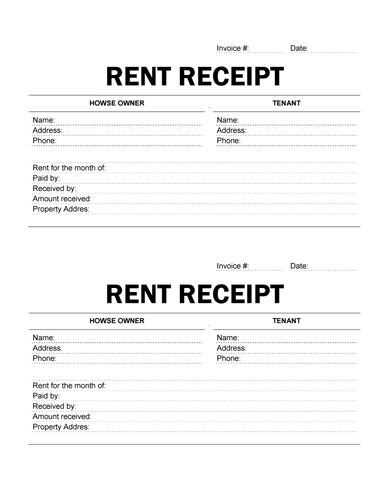
A well-structured rental receipt is essential for tracking payments and avoiding disputes. Download a free PDF template, fill it out, and print it for your records.
Key Elements of a Rental Receipt

A proper receipt should include:
- Landlord and Tenant Information: Full names and contact details.
- Payment Date: The exact day the payment was made.
- Amount Paid: The total rent received.
- Payment Method: Cash, check, bank transfer, or another form.
- Property Address: The rented unit’s full address.
- Rental Period: The duration the payment covers.
- Landlord’s Signature: Proof of receipt and authenticity.
How to Fill Out the Template
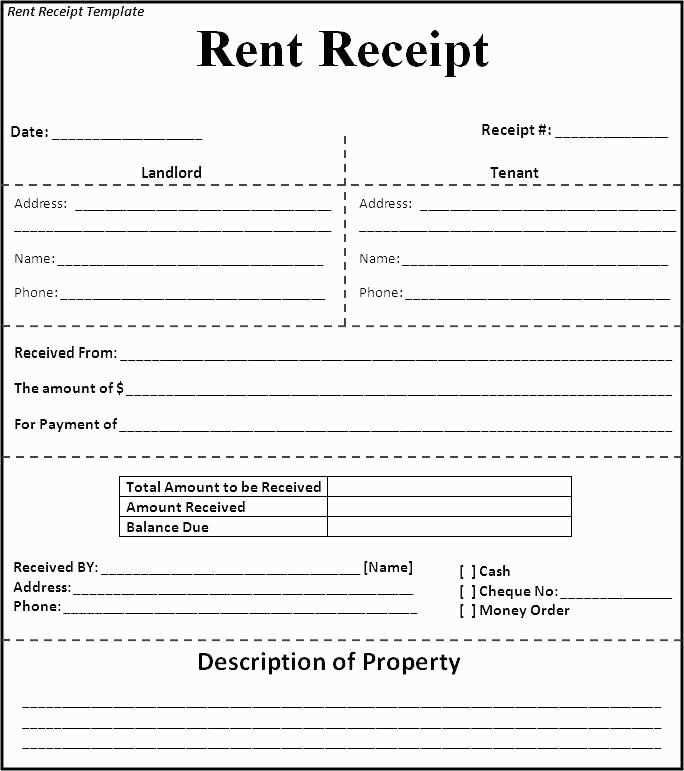
Open the PDF file in any viewer that supports form fields. Enter the required details, save, and print or email a copy to the tenant. For handwritten receipts, print a blank template and fill it manually.
Why Use a PDF Template?
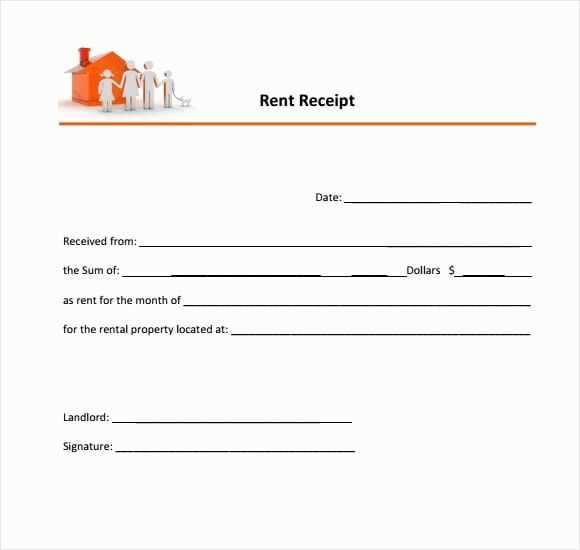
PDF templates ensure consistency, legibility, and easy digital storage. They are compatible with all devices and can be printed without format issues.
Download Your Free Rental Receipt Template
Click the link below to get a ready-to-use PDF. Modify it to suit your needs and start keeping accurate records effortlessly.
Rental Receipt Template PDF: A Practical Guide
Key Elements to Include in a Lease Receipt PDF
How to Format a Rental Document for Clear Records
Legally Required Details in a Lease Receipt
Customizing a Template for Different Rental Agreements
Digital vs. Printed Receipts: Pros and Cons
Best Free and Paid Sources for Lease Receipt Templates in PDF
Always include the full names of both tenant and landlord, the rental property’s address, payment date, amount paid, and payment method. Missing details can lead to disputes, so ensure accuracy.
How to Format a Rental Document for Clear Records
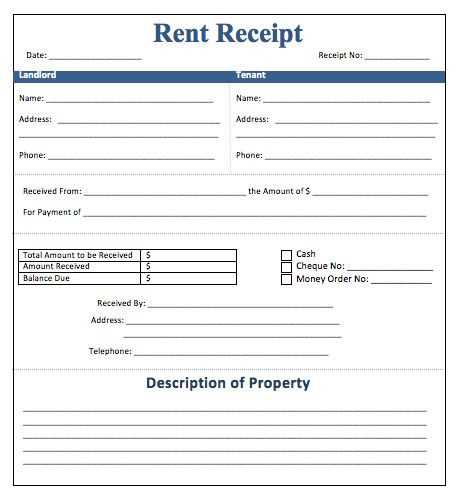
Use a structured layout with labeled sections. Start with the receipt title, followed by payment details, property information, and both parties’ signatures. Avoid clutter by keeping fonts legible and spacing consistent.
Legally Required Details in a Lease Receipt
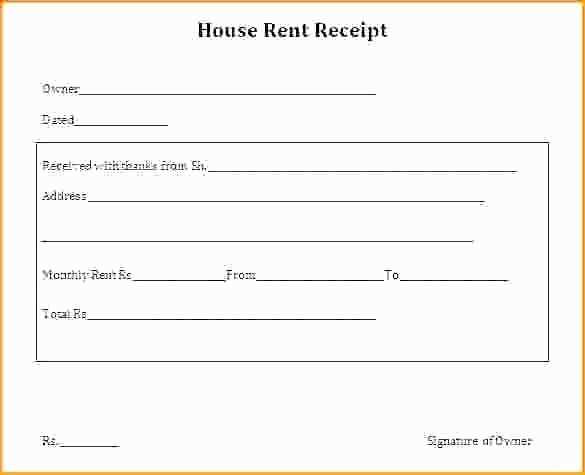
Requirements vary by location, but most jurisdictions mandate the inclusion of the payment amount, due date, and a receipt number. If late fees or deposits are involved, specify them separately.
Digital vs. Printed Receipts: Pros and Cons
Digital receipts offer easy tracking and backup, while printed copies provide a tangible record. For legal security, store scanned copies of paper receipts and ensure digital versions are securely saved.


